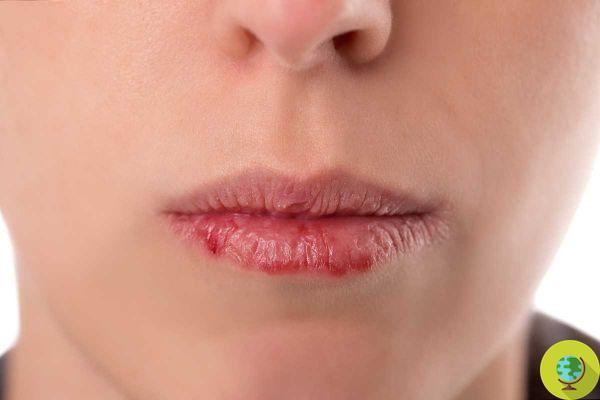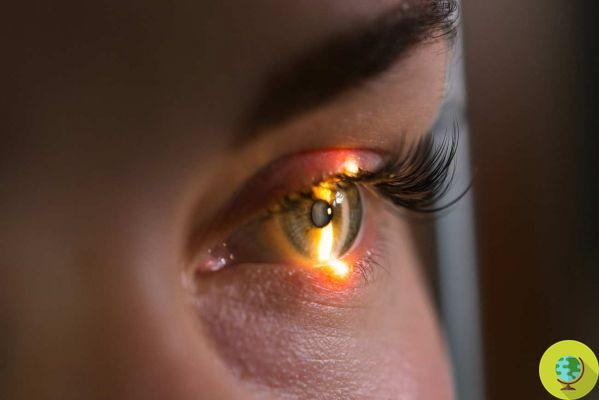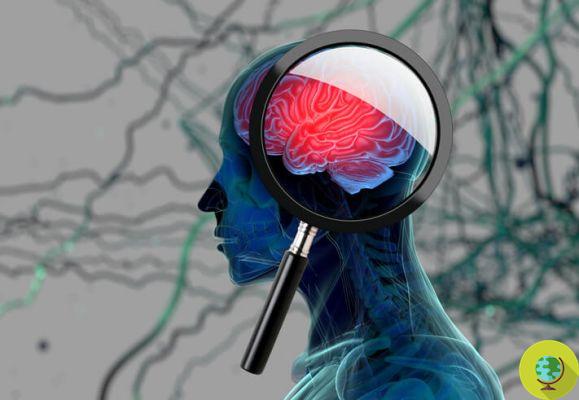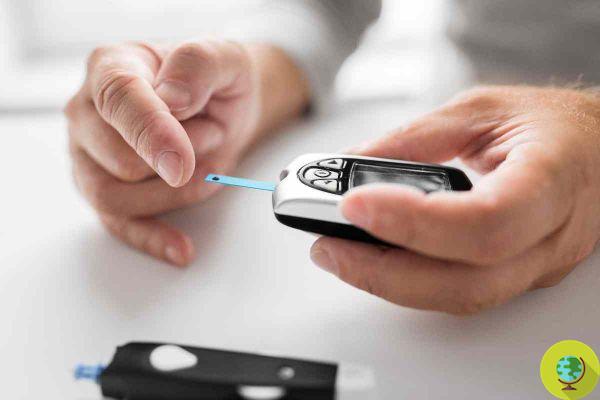
Endometrysis affects a great many women. There is currently no definitive cure, but a new treatment is being tested.
Don't store avocado like this: it's dangerousEndometriosis afflicts a great many women. There is currently no definitive cure, but a promising new treatment is being tested. What can be done is to keep it under control to monitor its evolution and thus prevent wider damage
THEendometriosis it is a debilitating disease, as symptoms can negatively affect a woman's quality of life and compromise fertility.
There is currently no definitive treatment to cure endometriosis, although hormone therapy and surgery can block the progression of the disease for several years depending on the case. There are cases of superficial endometriosis that do not require treatment; in fact in 1/3 of cases the superficial lesions regress after a few months of treatment, or even spontaneously.
In case of symptoms important, it is necessary to seek medical advice to verify a potential evolution of the lesions. In 2/3 of cases, endometriosis evolves into severe forms, debilitating for everyday life; in this case, medical follow-up with experts is often necessary.
Endometriosis usually decreases and disappears after menopause, but it should still be monitored especially when starting hormone replacement therapy. In addition, it is important to know that there are cases of relapse in menopause, albeit rare. (Read also: Endometriosis: symptoms, causes and when to intervene)
Index
Complementary medicine
Some people with superficial endometriosis will be able to find a balance thanks to complementary medicines, without treatment and with adequate hygiene (diet, relaxation, yoga, acupuncture, osteopathy, physiotherapy…) which will be sufficient to stabilize the symptoms and reduce them. As symptoms become so prominent that they interfere with quality of life, medical advice may be sought to check for potential evolution of the lesions.
Hormone treatment to prevent menstruation
Endometriosis is one hormone dependent disease, it is therefore necessary to deprive the body of the hormone that will nourish the endometrial cells: theestrogen.
Today, specialists agree that the basic treatment is to prevent the onset of menstruation: it is amenorrhea, or absence of menstruation.
Why remove the menstrual cycle? Why the endometriotic lesions disseminated on the organs will bleed at the same time as menstruation, creating micro hemorrhages. Hence, giving a pill continuously or inserting an IUS, a progestin-releasing device, allows some women to stop suffering and live normally.
The artificial cure of menopause
When that's not enough, we recommend start artificial cures to anticipate menopause, such as injections of GN-Rh analogues of varying duration, which will be supplemented with an "additional therapy" to alleviate ailments such as:
- bone pain,
- hot flashes,
- dry skin,
- mood disturbances.
It involves reintroducing some estrogen, under medical supervision, to avoid a too sudden deprivation for the body. This treatment puts you in artificial menopause, as it suppresses ovulation directly in the pituitary gland. (Read also: Endometriosis: how to apply for the ticket exemption and disability)
Surgical treatment
In the event of failure of medical treatment, a surgery. The latter includes the exeresis of endometriotic lesions, i.e. removing nodules and lesions in order to avoid a potential relapse, which can still occur.
Surgery for endometriosis is complex, especially if the lesions are implanted in functional organs, such as the bladder, rectum, and colon.
A new treatment under study
There's a new minimally invasive surgical treatment being studied to treat therectal endometriosis using high intensity focused ultrasound.
In fact, in 1 out of 5 cases, endometriotic lesions are also localized towards the rectum, causing diarrhea or constipation, cramps and pain during intercourse. Ultrasound treatment is an alternative to conventional surgery.
This consists of introducing an endorectal probe, and focusing the ultrasound on the nodule. The heat devitalizes the lump in a few minutes; this is not removed, but numbed. The operation takes less than an hour and requires simple local anesthesia.
A technique, however, not applicable to all forms of endometriosis because due to the morphology of the probe, it is not yet possible to treat all rectal nodules with this method. The criteria to be considered are the location of the nodule (lower and middle rectum) and its volume. (Read also: Endometriosis, a new turmeric supplement promises to bring down the pain).
- Follow us on Telegram|Instagram|Facebook |TikTok |Youtube
Source: Sigo/ endofrance.org
Could it be interesting for you:
- Endometriosis, the silent disease: for an army of women it also costs dearly in terms of career
- Endometriosis: congenital and environmental causes
- Diet and lifestyle in women with endometriosis


























